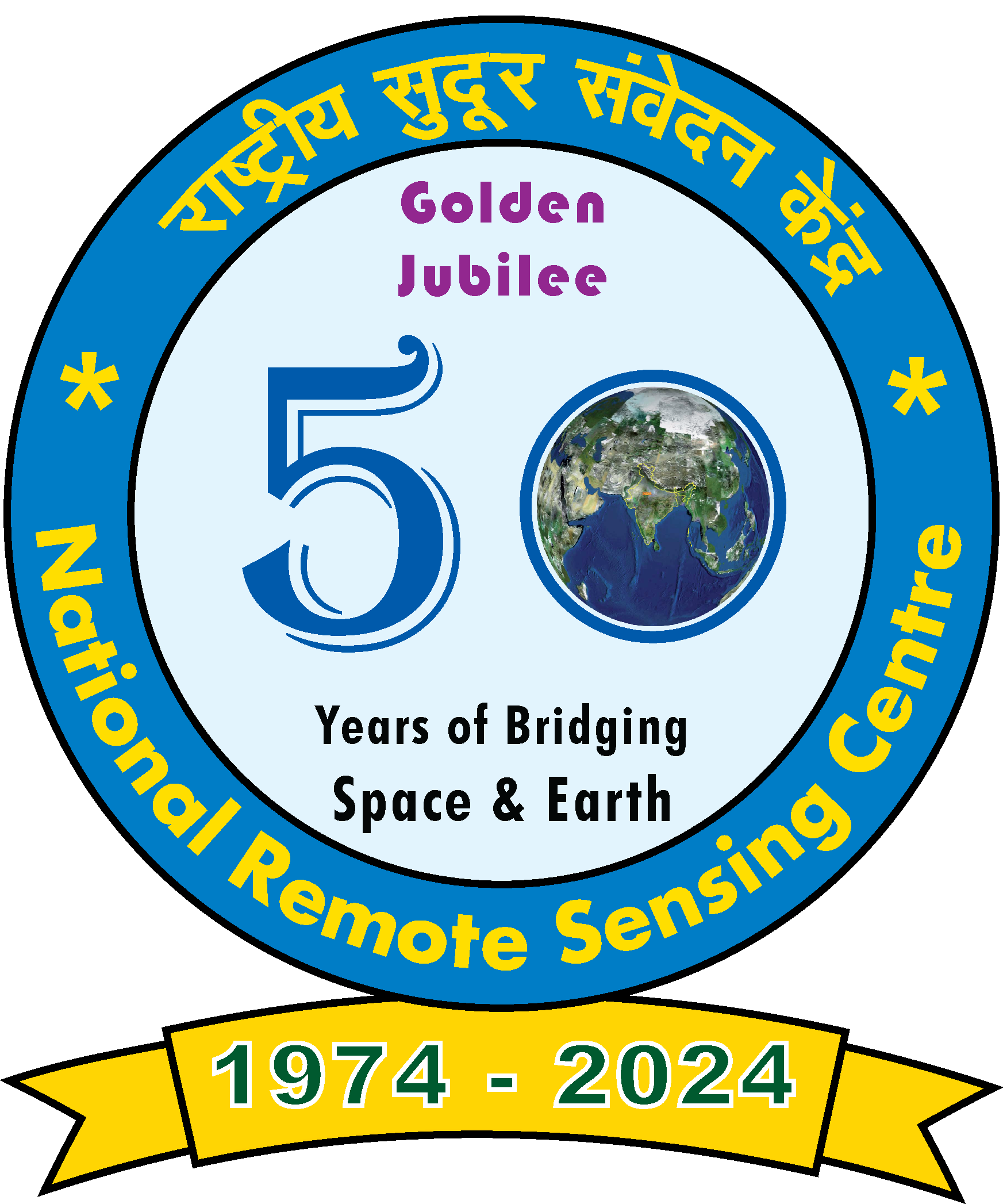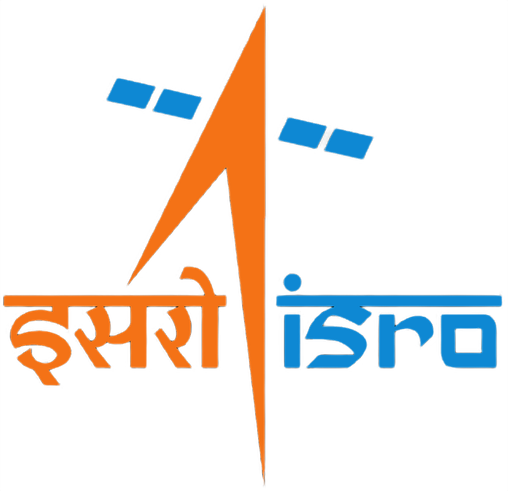Cloud to ground lightning occurrences over India: seasonal and diurnal characteristics deduced with ground based lightning detection sensor network (LDSN)
The processes occurring in the earth’s lower atmosphere have direct interaction with humanosphere. In particular, convective processes are an example of how they influence the human activities and also get affected by the climate changes. Extreme weather phenomena such as thunderstorm and lightning are an outcome of convective processes. In particular, atmospheric lightning is an intriguing process which is regarded as an important climate change indicator.
The Lightning Detection Sensor Network data is analyzed on cloud-to-ground (CG) lightning occurrences during September 2019–December 2021 over India. The data are grouped into six homogeneous zones as specified by the India Meteorological Department to investigate the seasonal variation of the CG lightning occurrences. The CG lightning occurrences are found to be the most during August–September months over all the six zones while they are at minimum during December–January months with a small peak in occurrences during March–April.
The diurnal characteristics of CG lightning flash occurrences are studied by clubbing data into winter, summer, monsoon and post-monsoon seasons. Diurnal characteristics often show two peak times of occurrences with one peak in early morning hours while the other in afternoon-evening hours. It is also noted that all the zones show increase in the lightning occurrences from the year 2019 to 2021. It is noted that CG lightning occurrences over the north-east, central north-east and peninsular India were nearly doubled.

Fig. a) The Cloud-to-ground (CG) lightning flash occurrences over India on August 15, 2021 and b) The derived lightning Essential Climate Variable (ECV) distribution over India on August 15, 2021

Fig. Variation of hourly aggregate values of CG lightning flash occurrences depicting the diurnal characteristics for the year 2021 over the six homogeneous zones in India
Click here to Read More




